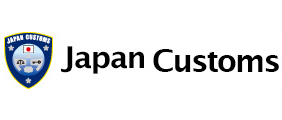OVERVIEW OF RULES OF ORIGIN
“Rules of origin” is a set of rules to determine the nationality or country of origin of goods.
Determination of the country of origin of goods is necessary in application of various customs and trade policy measures, because the application of such measures may depend on the origin of a good. The relevant policies include the preferential tariff treatment under GSP (Generalized System of Preferences) and EPAs (Economic Partnership Agreements), WTO tariff rates, and anti-dumping duties.
For example, each EPA has rules of origin which defines the criteria for a good to be considered originating under the EPA and provides the procedures to declare or prove that the good is an originating good.
In order for a good to be eligible for preferential tariff treatment, the following conditions must be satisfied:
1) A preferential tariff rate is stipulated for the good under GSP/EPA
2) The good is an originating good under the applicable rules of origin
3) All necessary procedures, such as submitting the required documents to Customs, are fulfilled.
Documents to be submitted include a documentary evidence of origin, transport document (e.g. a through
bill of lading (B/L)) and other relevant supporting documents presenting the originating status of the
good.
A documentary evidence of origin is either: a certificate of origin issued by the competent authority;
an origin certification document completed by the importer,exporter or producer; an origin declaration
completed by the approved exporter, etc.
Please refer to the requirements under respective laws, regulations, or each EPA.
Reference
- Outline of Rules of Origin
- Outline of Rules of Origin for EPA in Japan
- Outline of Rules of Origin for GSP Scheme in Japan
- Simplification of preferential rules of origin under GSP for knitted apparel (HS Chapter 61)





![Customs Channel[YouTube]](/english/common2018/img/banner-youtube.jpg)
